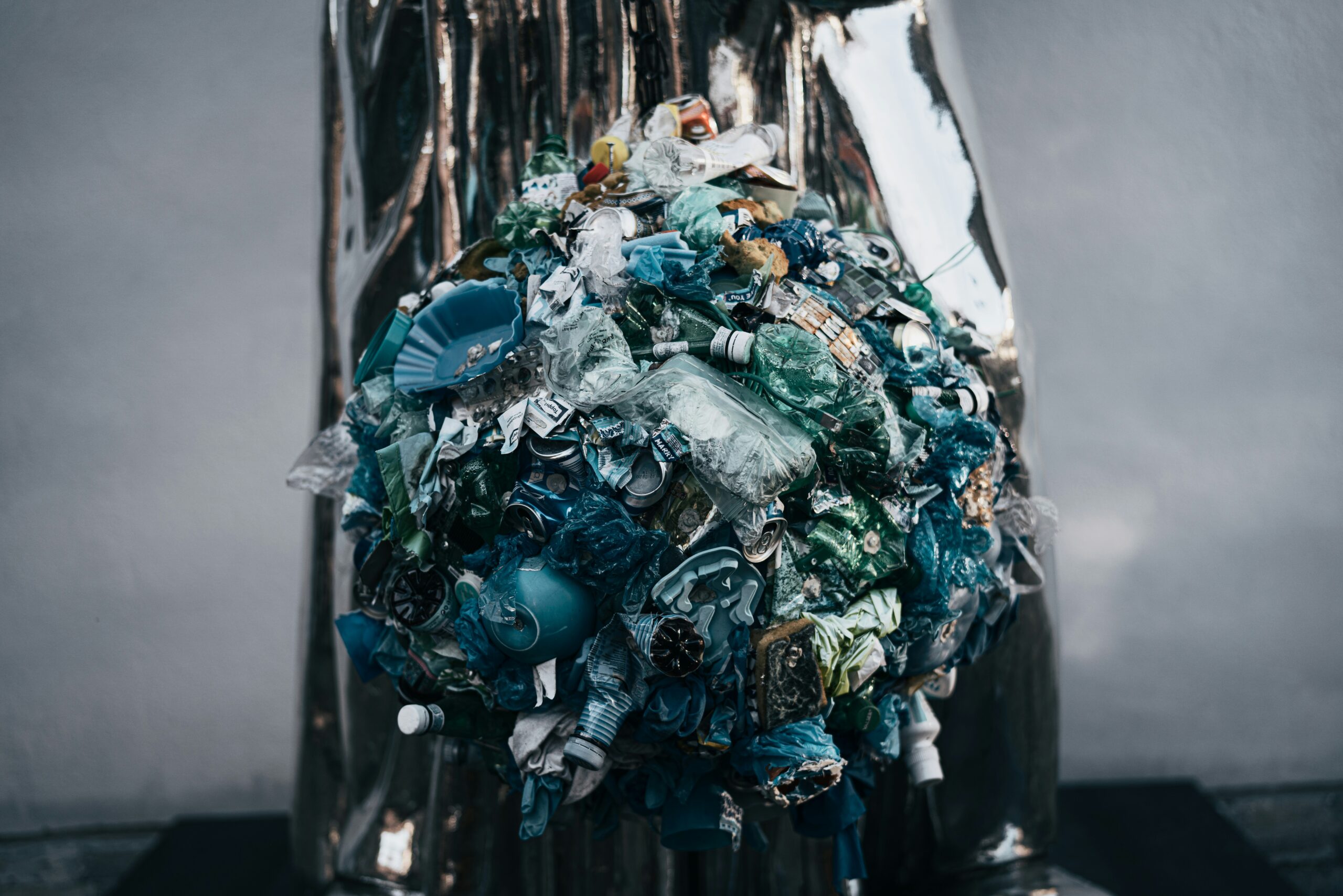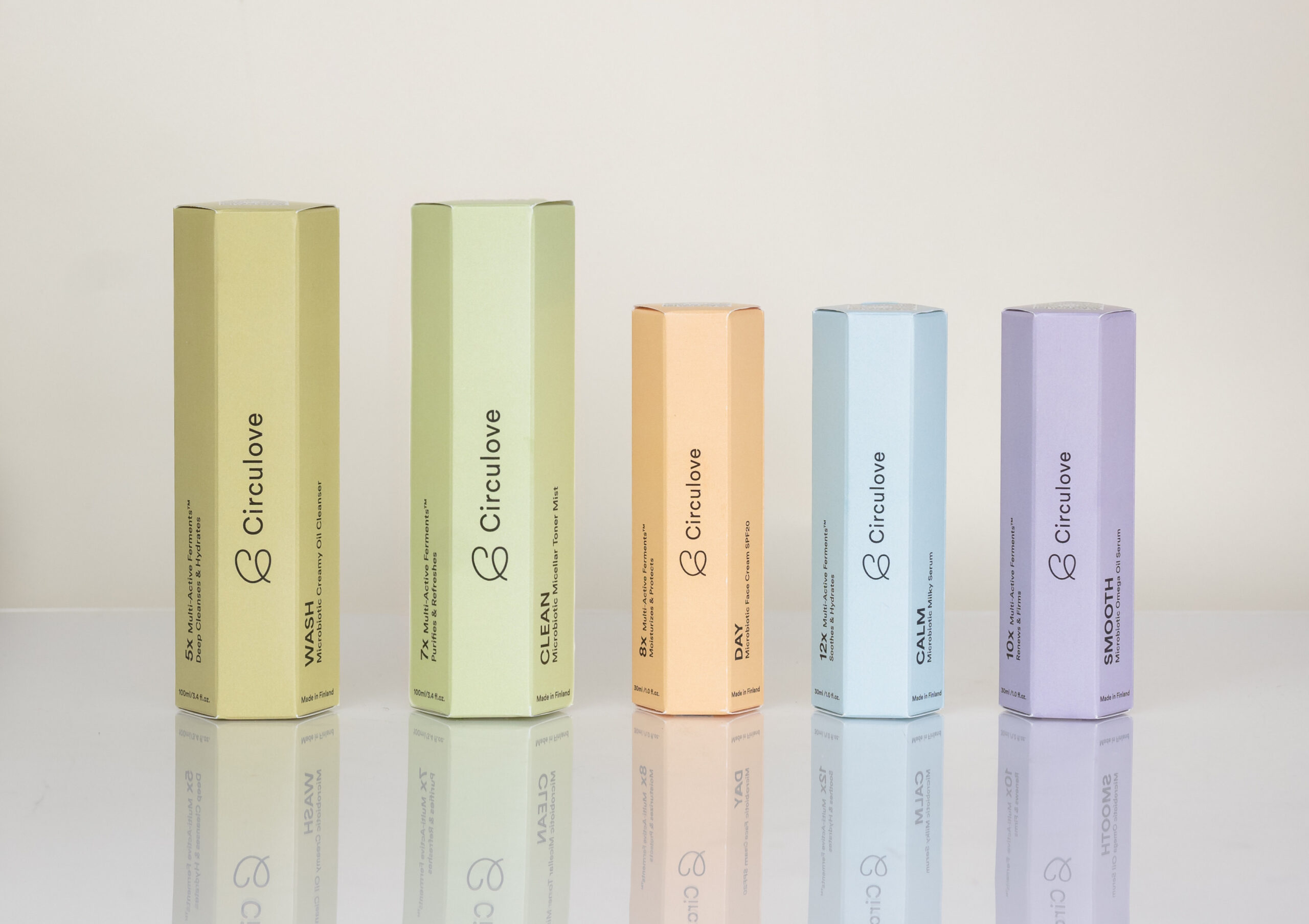As the spending patterns of younger consumers change, so does the focus of brands that contain sustainability, eco-friendly and socially focused elements. Many of these companies are jumping on the bandwagon to cash in on these trends by simply adding labels that sound ‘good’ but fail to deliver the promises that they put on the label due to a lack of transparency. Here are the common labels that you should be aware of:
1. Organic
There is no single definition of organic that has been agreed upon by any certain governing body. There are also multiple definitions by laws set by different countries as to what constitutes ‘organic’. This does not mean that a label classed as organic is bad, but the amount of organic level that goes into a food varies. Some food may be grown with 30% organic fertilizer and 70% synthetic fertilizer and can still be considered as organic. Some do not use pesticides at all but use full synthetic fertilizer and are still considered organic. These are the depths of organic levels that the consumer should know and eventually decide on by themselves.
2. Natural
The word ‘Natural’ can also mean a lot of things. A peanut butter that was made from organic peanut but has synthetic preservatives can also be claimed as natural. Similarly, a bottled orange juice that contains pulp although mostly made from water and sugar can be claimed as natural. This is yet another terminology that requires consumer awareness as to what goes inside their so-called Natural foods.
3. Green
In most contexts, when a product claims it is ‘green’, it’s likely trying to sell on the notion that it is not harmful to the environment. No product can be truly ‘sustainable’ and claims of a product being ‘green’ can sometimes be misleading. Whilst some products may have a minimum carbon footprint or not be grown with synthetic chemicals, still there is no one food product that is completely pure. The label green itself is also often just marketing jargon and is not regulated by any governmental or non-governmental bodies at all, making it the easiest label to be put on any food product as long as it looks natural, fresh or literally green. Consumers really need to know what is inside of these products when they claim to be green as the label itself is too broad and too unclear to be defined.
These are the 3 common labels that can be very confusing for consumers. End consumers require a way to view and verify what goes inside their food, and for this very reason, Gratitude was made. Gratitude enables businesses to become transparent by being powered by blockchain technology, with easy-to-use tools to record their supply chain, narrate the story, verify on blockchain and present the data in a beautiful landing page that can be issued via Gratitude’s QR Code or URL that can be placed on a physical product or embedded on digital marketing campaign. Customers can then simply scan the QR codes placed on the product or click the link on a digital campaign and clearly see the product’s journey, verify sustainability claims, or any supply chain data that the company wants to reveal to the customer.
Begin your business’ true transparency journey by implementing Gratitude to unlock the hidden value of your supply chain data. Talk to our representatives via the following channels for support or assistance in implementation:
Website : https://more-gratitude.com
Twitter : https://www.twitter.com/more_gratitude
Linkedin : https://www.linkedin.com/company/more-gratitude
Instagram : https://www.instagram.com/more_gratitude/
Facebook : https://www.facebook.com/followgratitude
Medium : https://www.medium.com/@more_gratitude
Sign up to our exclusive newsletter for special offers and latest industry insight :



